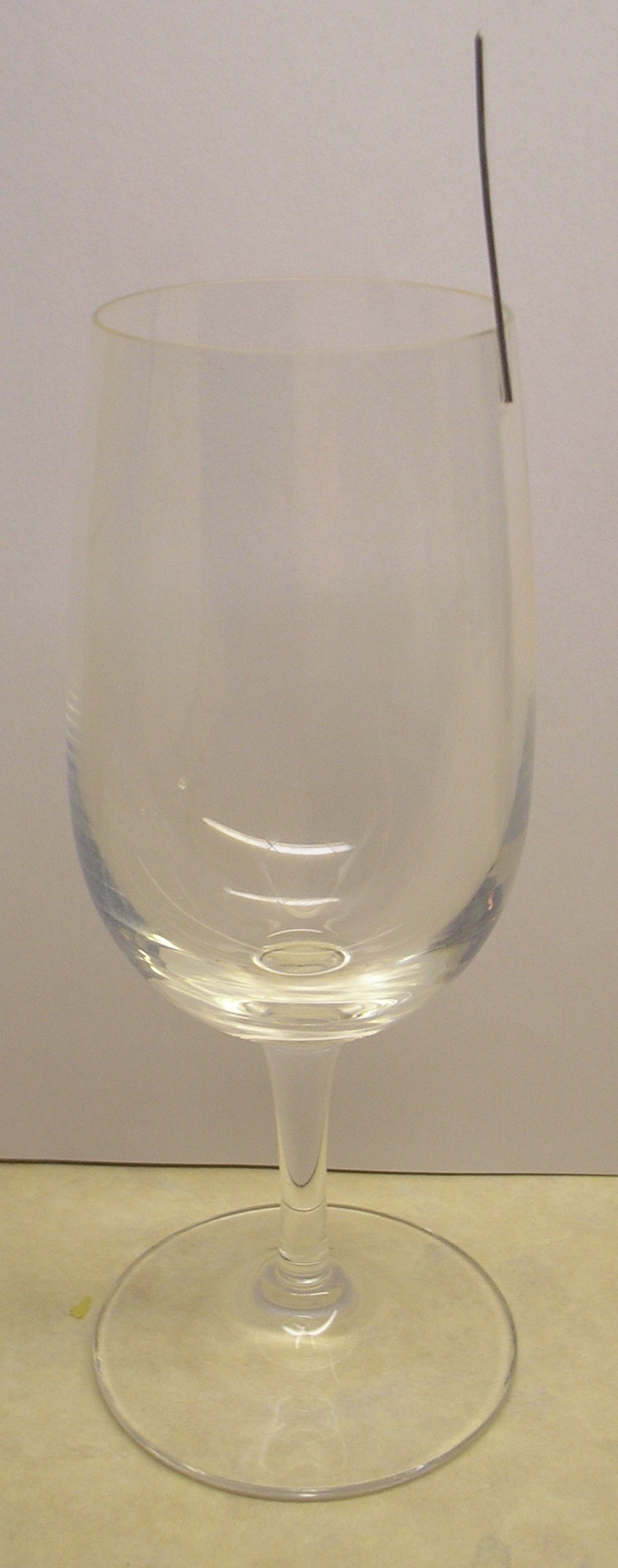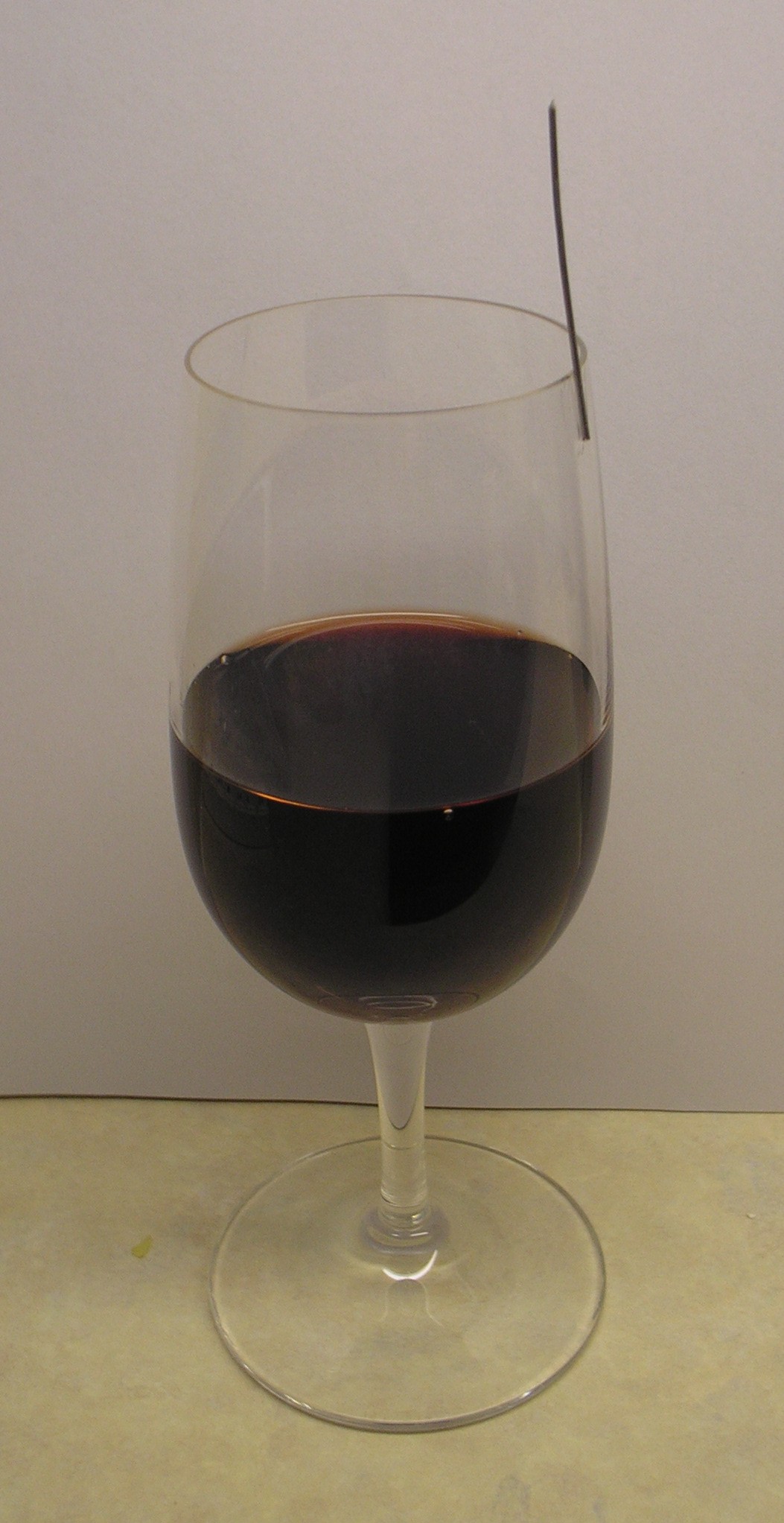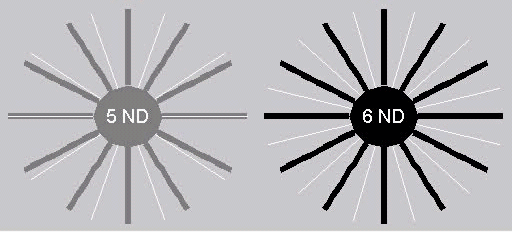Tuned Mass Dampers
This page is a follow-up to a New Scientist Last Word answer here .Here is a nice experiment that you can do at home. Take a wine glass - one that "rings" really clearly when you tap it with a pen. This is the resonance frequency of the glass. Note that as you add wine the frequency drops. This is because the effective mass increases and a heavier mass vibrates more slowly than a lighter mass. Now, how can we get rid of the resonance?
 ................
................

Use a straightened-out paperclip. Superglue the paperclip to the glass as shown. With a pair of pliers gradually trim the wire shorter and shorter, tapping the glass as you go. There will be a length of wire where you will find that the resonance sounds very dull. This is the "tuned" condition, when the wire has the same frequency as the glass. If you trim the wire even shorter then the resonance will reappear. If you don't have pliers then you can keep the wire at a fixed length and lower the resonance by adding wine (or water if you must). When the glass frequency matches the wire frequency then the note will sound dull.
The explanation is a bit tricky, but click here for a good Wikipedia article on tuned mass dampers. The key point is that the wire sucks vibrational energy out of the glass when its frequency matches that of the glass. This is why it is called a "tuned" absorber.
[Note: to remove the wire without breaking the glass insert a thin sharp blade into the glue. The glue will separate easily. Don't just pull the wire - the glass will break].
Click here for more on the Stockbridge Damper , a design that goes back to 1926, most commonly seen on electricity transmission lines.
Gyroscopes and Boomerangs: go to
Hugh Hunt's gyro and boomerang page

Dynamics Videos: go to
Hugh Hunt's movies page

and for other stuff: go to
Hugh Hunt's Cambridge University home page
![[Univ of Cambridge]](http://www.eng.cam.ac.uk/images/house_style/uniban-s.gif)

![[Dept of Engineering]](http://www.eng.cam.ac.uk/images/house_style/engban-s.gif)
